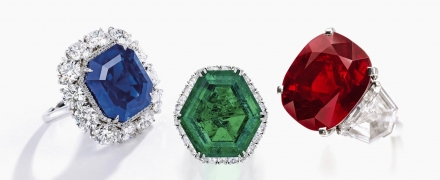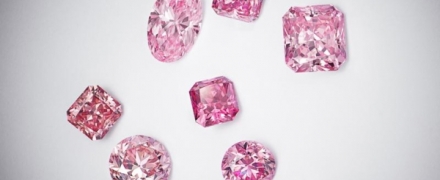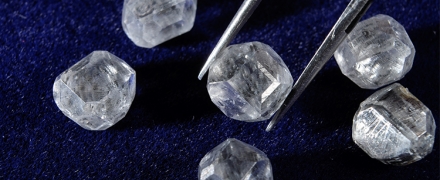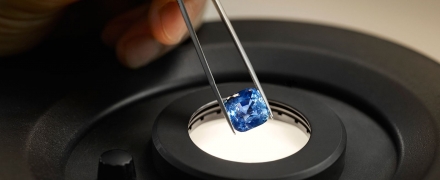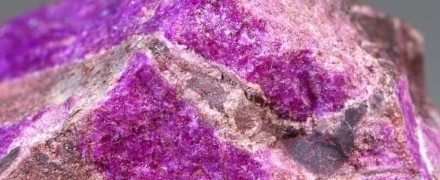open 10 am - 7 pm
laboratory is closed
The deviousness of the tags
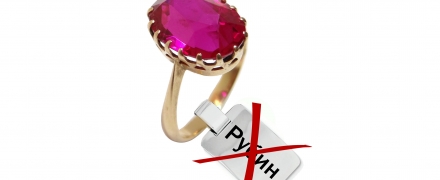
When buying jewelry in a jewelry store, we first of all pay attention to its tag and do not think about the fact that some manufacturers and sellers of jewelry stones use very “incorrect” information when compiling it. We will cite the most common examples of the unfair use of the name of jewelry stones and materials in the practice of jewelry trade.
Often on tags with synthetic diamonds you can find the name "synthetic diamond" (instead of "synthetic diamond"), which is incorrect and misleading the buyer, since the term "diamond" is applied ONLY to natural stones.
So varieties of artificially created material "cubic zirconia", purchased abroad, are marked with one or the commercial name of this material, under which the company produces it. In the best case, there is a chemically justified name for the material - "cubic stabilized zirconium oxide", or in an abbreviated version "cubic zirconia" (eng. "Cubic zirconia" or "cz"). Also on the tags you can find such names of "cubic zirconia" as "zirconium cube", "zirconium" or "zircon", which misleads the consumer regarding the purchased material.
Another example of unscrupulous labeling of jewelry is the use of outdated, discredited names, for example, "rauchtopaz", "hyacinth" and others. The name "rauchtopaz" is used by sellers for a kind of jewelry smoky quartz, which is incorrect. In this regard, there are often buyers who sincerely believe that they are buying topaz. With "hyacinth" also "not everything is clean" - under this name orange-brown zircons or refined blue stones are often represented, while the real hyacinth is purple-red zircons.
Separately, it is worth mentioning the tags on Soviet jewelry with inserts of synthetic corundum of various colors, on which it is indicated: "Ruby", "Sapphire", "Tourmaline", "Alexandrite". And in this case, it should be remembered that the names of stones given on the tag are nothing more than the trade names of the color variety of synthetic corundum.
В геммологической практике бывают весьма увлекательные случаи с диагностикой ювелирных вставок
Но помимо редкости цвета и высокой стоимости таких камней, многие розовые камни выделяются одной замечательной особенностью – они проявляют плеохроизм, то есть в зависимости от положения осмотра камня он может иметь дополнительные оттенки – оранжевый или пурпурный.
Currently, gemstones are produced by two fundamentally different technological methods - the High Pressure - High Temperature method (“HPHT”, High-pressure & High-temperature) and the Chemical Vapor Deposition (“CVD”, Chemical vapor deposition) method. The "HPHT" method is the most tested classical synthesis method, which can be used both carbon deposition on diamond from flux melts and catalytic reactions. In "CVD" synthesis, diamond growth occurs on a seed during carbon deposition mainly from a gaseous medium at relatively low temperatures and pressures.
Jewelry and precious stones are just such a category of goods, when buying which you need to pay attention to many criteria.
Sogdianite is a rather rare mineral and more often it can be found as a collection material (moreover, in systematic collections), and it is extremely rare in jewelry.


